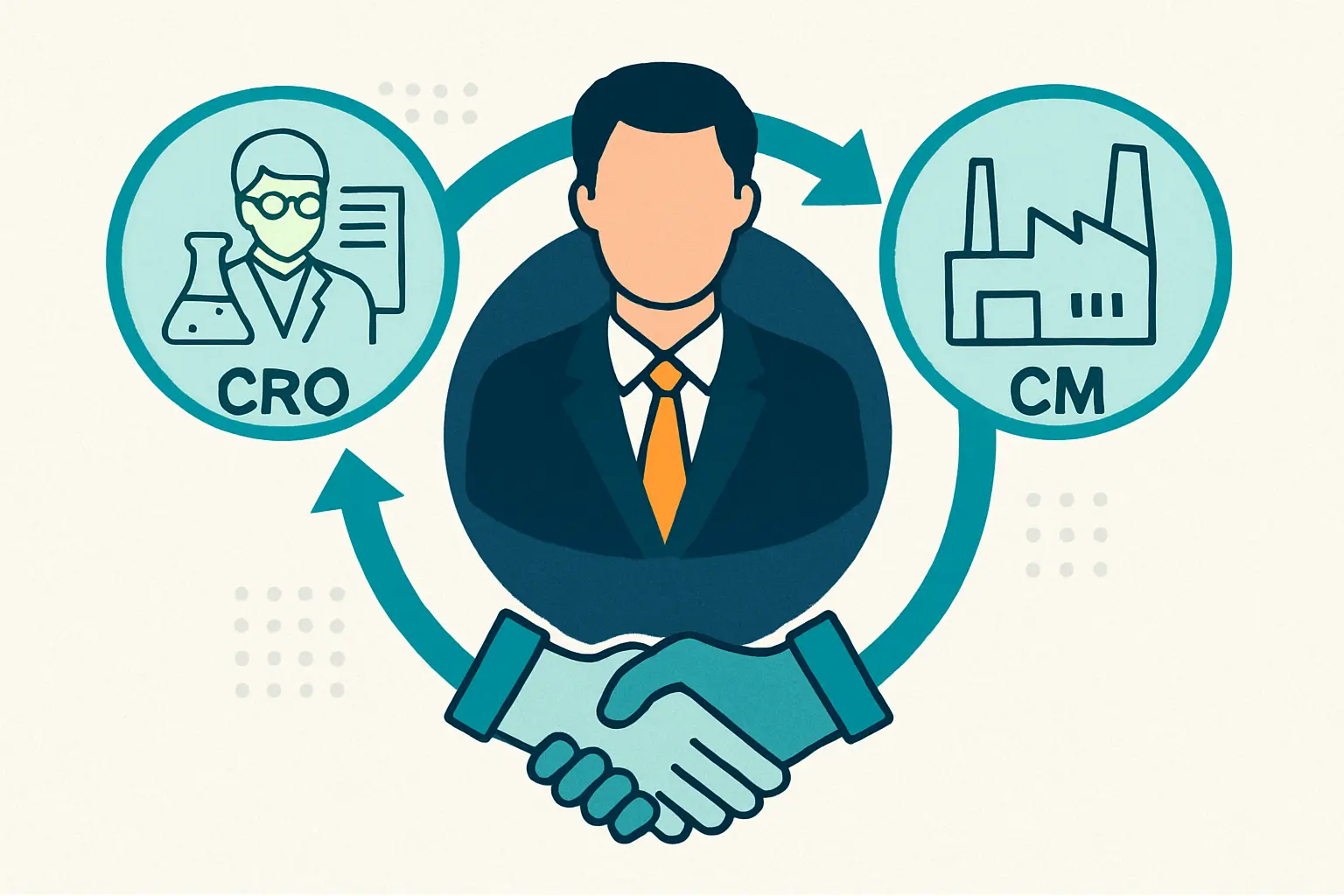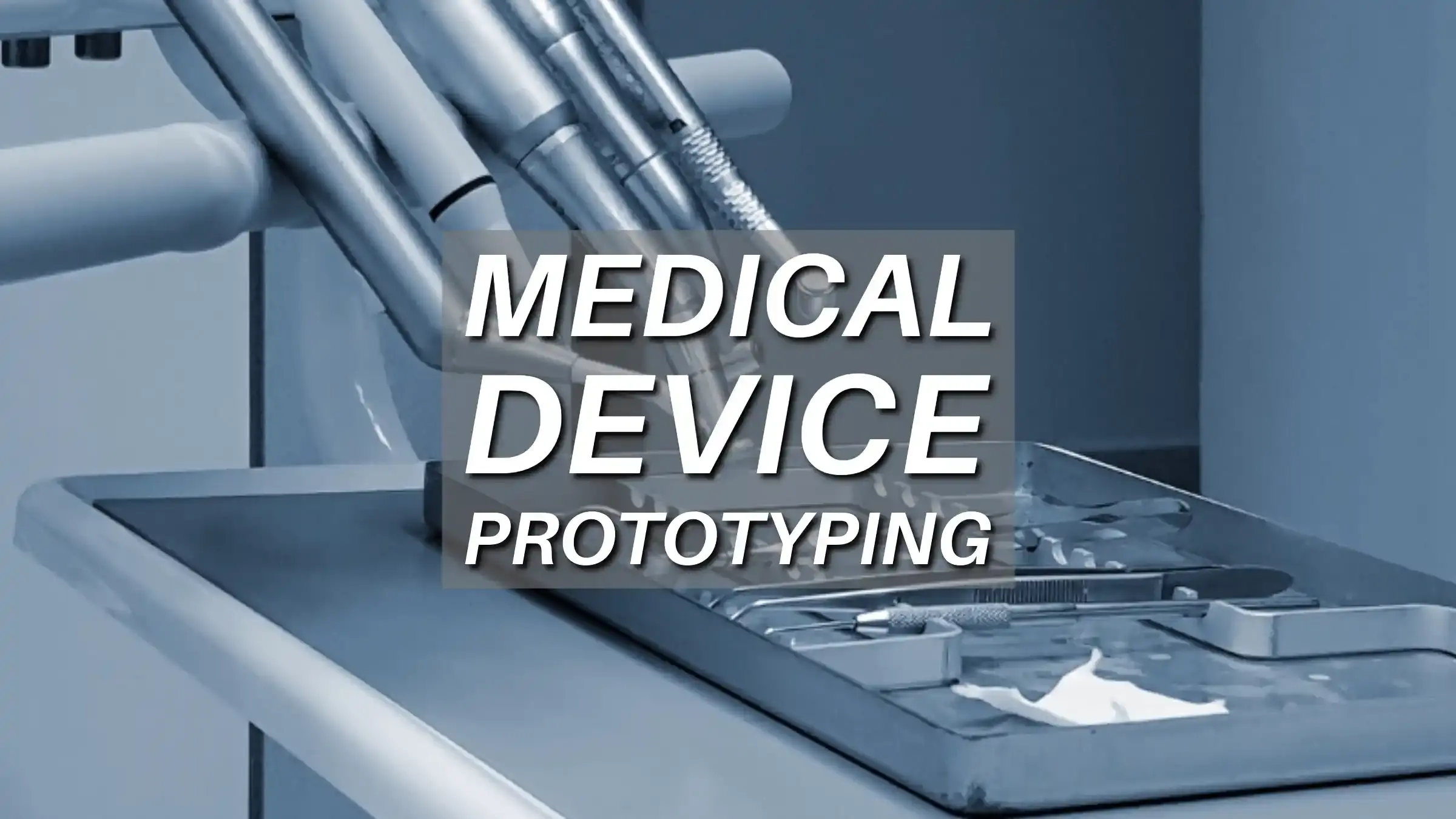

Navigating the Modern MedTech Labyrinth: Beyond In-House R&D
The landscape of medical technology (MedTech) innovation has evolved into a labyrinth of unprecedented complexity. The journey from a breakthrough concept to a market-ready, globally compliant medical device is no longer a linear path but a multi-dimensional challenge defined by converging pressures. Innovators, from venture-backed startups to established incumbents, find themselves grappling with a formidable "trilemma": the relentless demand for accelerated innovation, the escalating stringency of a fragmented global regulatory environment, and the unyielding pressure to manage costs and deliver value. This environment fundamentally challenges the traditional, self-sufficient model of product development, demanding a paradigm shift toward strategic ecosystem management.
The Unprecedented Complexity of Today's Market
The contemporary MedTech market is characterized by a confluence of forces that amplify risk and complexity at every stage of the product lifecycle. On the regulatory front, the bar for market entry has been significantly raised. Regulatory bodies such as the U.S. Food and Drug Administration (FDA) and European authorities under the new Medical Device Regulation (MDR) are imposing more rigorous requirements for clinical evidence, post-market surveillance, and, increasingly, cybersecurity.
Simultaneously, technology itself has become a double-edged sword. The integration of Artificial Intelligence (AI) and Machine Learning (ML), the Internet of Things (IoT), and advanced biosensors into medical devices is unlocking revolutionary capabilities. However, this technological sophistication introduces profound new layers of development complexity. Innovators must now navigate a dense web of standards governing medical device software (IEC 62304), information security (ISO 27001), data privacy (HIPAA/GDPR), and interoperability with hospital systems (HL7/FHIR).
The Fallacy of the Self-Sufficient Innovator
In this high-stakes environment, the notion of a self-sufficient innovator—a single company possessing all the requisite expertise to navigate the journey from concept to commercialization—has become a fallacy. The sheer breadth of competencies required is staggering. For most organizations, particularly the startups and mid-tier firms that are often the engines of innovation, attempting to house this full spectrum of talent in-house is not only economically unfeasible but strategically unwise. The greatest points of failure in modern MedTech development are not typically found within the silos of expertise, but in the handoffs and communication gaps that lie between them. This reframes the central challenge for MedTech leaders. The critical question is no longer simply, "How do we build this device?" but rather, "How do we build and manage the integrated system that develops, validates, and manufactures this device?"
The Essential Specialists: Deconstructing the Roles of CROs and CMs
To effectively orchestrate a MedTech development ecosystem, one must first possess a nuanced understanding of its key players: Contract Research Organizations (CROs), which shepherd a device through clinical and regulatory validation, and Contract Manufacturers (CMs), which transform a design into a commercial-scale product.
The Clinical Gatekeepers: Contract Research Organizations (CROs)
A CRO's primary function is to generate the robust clinical evidence required to prove a device's safety and efficacy to regulatory authorities. Their services include clinical strategy, protocol development, site management, patient recruitment, data management, and regulatory submissions, all conducted under Good Clinical Practice (GCP) and ISO 14155 standards.
The Production Powerhouses: Contract Manufacturers (CMs)
A CM's core function is to take a finalized and validated product design and transform it into a high-quality, reliable, and commercially available product at scale. Their services focus on Design for Excellence (DfX), process validation, supply chain management, full-scale manufacturing, and quality control, typically governed by ISO 13485 and the FDA's Quality System Regulation (QSR).
Table 1: CRO vs. CM: A Comparative Analysis of Core Ecosystem Roles
The Orchestration Challenge: Why a Disparate Partner Network Fails
When managed as disparate, siloed entities without a central, technically fluent orchestrator, the development process often descends into a state of organized chaos. This fragmented approach creates predictable points of failure at the interfaces between partners.
The "Over-the-Wall" Engineering Catastrophe
One of the most common and damaging failure modes is the "over-the-wall" engineering approach. In this scenario, the innovator's R&D team finalizes a design and then throws it "over the wall" to a CM, assuming it's ready for production. This assumption is almost always flawed, leading to a painful cycle of rework. Imagine a promising medical sensor company forced to delay its launch by nine months simply because its initial design used a component that couldn't be reliably sourced at scale—a critical Design for Manufacturability (DFM) issue that a central orchestrator would have identified in the first month. Each of these issues forces the design to be re-opened, triggering a cascade of costly and time-consuming activities.
The Clinical-Regulatory Disconnect
A parallel failure occurs at the R&D-CRO interface. A device is handed over for clinical trials, only for the CRO's team to discover a fundamental mismatch between the device's capabilities and the requirements of a robust clinical protocol. For instance, the device's battery may not last long enough for the required monitoring period, or its data output may be incompatible with the trial's data capture systems. These issues trigger expensive rework and can jeopardize the entire clinical strategy.
The Chaos of Misaligned Communication and Incentives
Underpinning these technical disconnects is a fundamental breakdown in communication and governance. Without a central hub, the innovator's project manager becomes an overwhelmed switchboard operator. This leads to a lack of a single source of truth, documentation gaps, traceability failures, and uncontrolled feature creep, destabilizing the project and leading to continuous delays.
The Central Hub Advantage: The Strategic Imperative of an Integrated R&D Partner
The antidote to this chaos is the "Ecosystem Orchestrator" model. This approach positions a single, experienced, and multidisciplinary R&D partner at the center of the development process, acting as a hub that seamlessly integrates the innovator, the CRO, and the CM.
Core Benefits of the Central Hub Model
- A Single Point of Accountability: The innovator has one accountable partner responsible for the entire technical program, streamlining communication and clarifying responsibility.
- Proactive, System-Wide Risk Mitigation: The orchestrator identifies and mitigates risks at the interfaces between partners, preventing costly rework loops.
- Expert Translation and Strategic Alignment: The central hub acts as an expert translator, converting the innovator's vision into a unified technical and operational plan that all partners can execute.
- Preservation of Innovator Focus: By outsourcing the complex task of orchestration, the innovator's leadership team is liberated to focus on its own core competencies. This model does not mean the startup founder is hands-off. On the contrary, it empowers the founding team to transition from daily "firefighting" to true strategic leadership. It frees them from the burden of tactical micro-management to focus on what only they can do: driving the product vision, providing critical clinical insights, securing funding, and building the commercial strategy. The founder's role evolves from a project manager to a ship's captain, confidently steering the vessel with a clear map provided by the orchestrator.
A Strategic Investment in Capital Efficiency
At first glance, engaging a comprehensive orchestration partner may seem like a larger upfront investment than hiring individual freelancers or firms. However, this view overlooks the Total Cost of Ownership. When factoring in the immense costs of rework, the lost revenue from a 6-to-12-month market delay, and the internal management burden, the integrated model proves to be a far more capital-efficient strategy. It is an investment in certainty and speed, designed to maximize the value of every dollar of venture capital raised.
ITR as the Ecosystem Orchestrator: A Blueprint for Seamless Integration
ITR, with its deep specialization in MedTech and its end-to-end service philosophy, is purpose-built to function as this ecosystem orchestrator.
Integrated by Design: The ITR Development Process
ITR's development process is a concurrent, multi-track system designed to prevent disconnects. Parallel streams for Product Design, Risk Management, Manufacturing, Human Factors, and Regulatory Support ensure that all perspectives are integrated from day one. Manufacturing is not an afterthought; it's a consideration from the initial concept.
The Bridge to the CRO: De-Risking the Regulatory Pathway
ITR's "Regulatory Acceleration Service" delivers not just a prototype, but a prototype accompanied by a submission-ready documentation package (DHF, V&V reports, risk files). This ensures complete alignment with the CRO's activities, eliminating documentation gaps and accelerating the path to approval.
The Bridge to the CM: Engineering for Production Reality
ITR's "Industrialization & Manufacturing Readiness" services, guided by "Design for Excellence (DfX)" principles, act as the robust bridge to the Contract Manufacturer. By optimizing the design for manufacturability, assembly, and supply chain from the start, ITR provides a "Manufacturing-Ready Design" that prevents costly production issues.
Table 2: Common Ecosystem Pitfalls and ITR's Mitigation Framework
Forging the Future: Building a Resilient and Agile Development Ecosystem
The calculus of success in MedTech has fundamentally changed. The escalating complexity of technology, regulation, and global markets dictates a strategic evolution away from tactical, siloed outsourcing and toward a fully integrated ecosystem model.
Partnering with a true ecosystem orchestrator like ITR is not an operational expense; it is a strategic investment in certainty, speed, and success. It is the decision to proactively manage complexity rather than react to crises. It is the choice to build a product that is not only innovative in its function but also robust in its design, compliant in its documentation, and resilient in its supply chain. For MedTech leaders and investors, this is the decision to build not just a device, but a durable and agile pathway to the future of healthcare.





